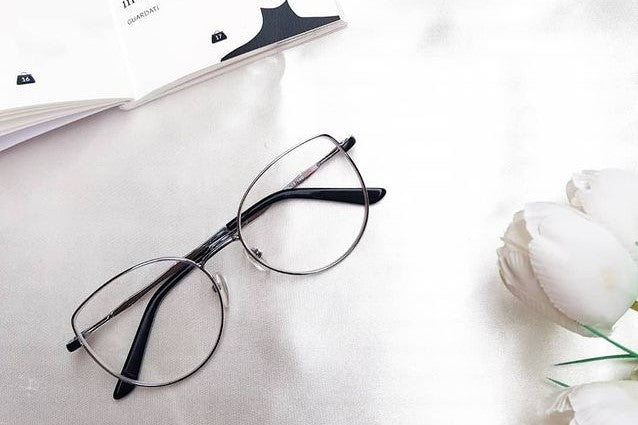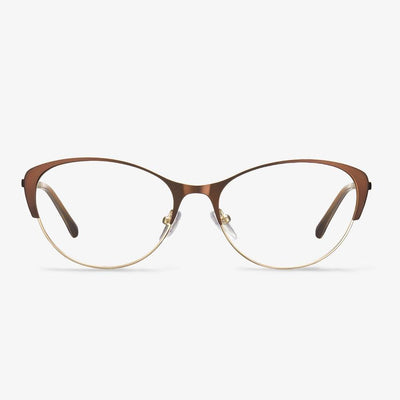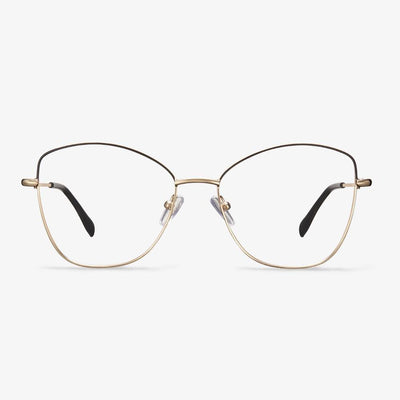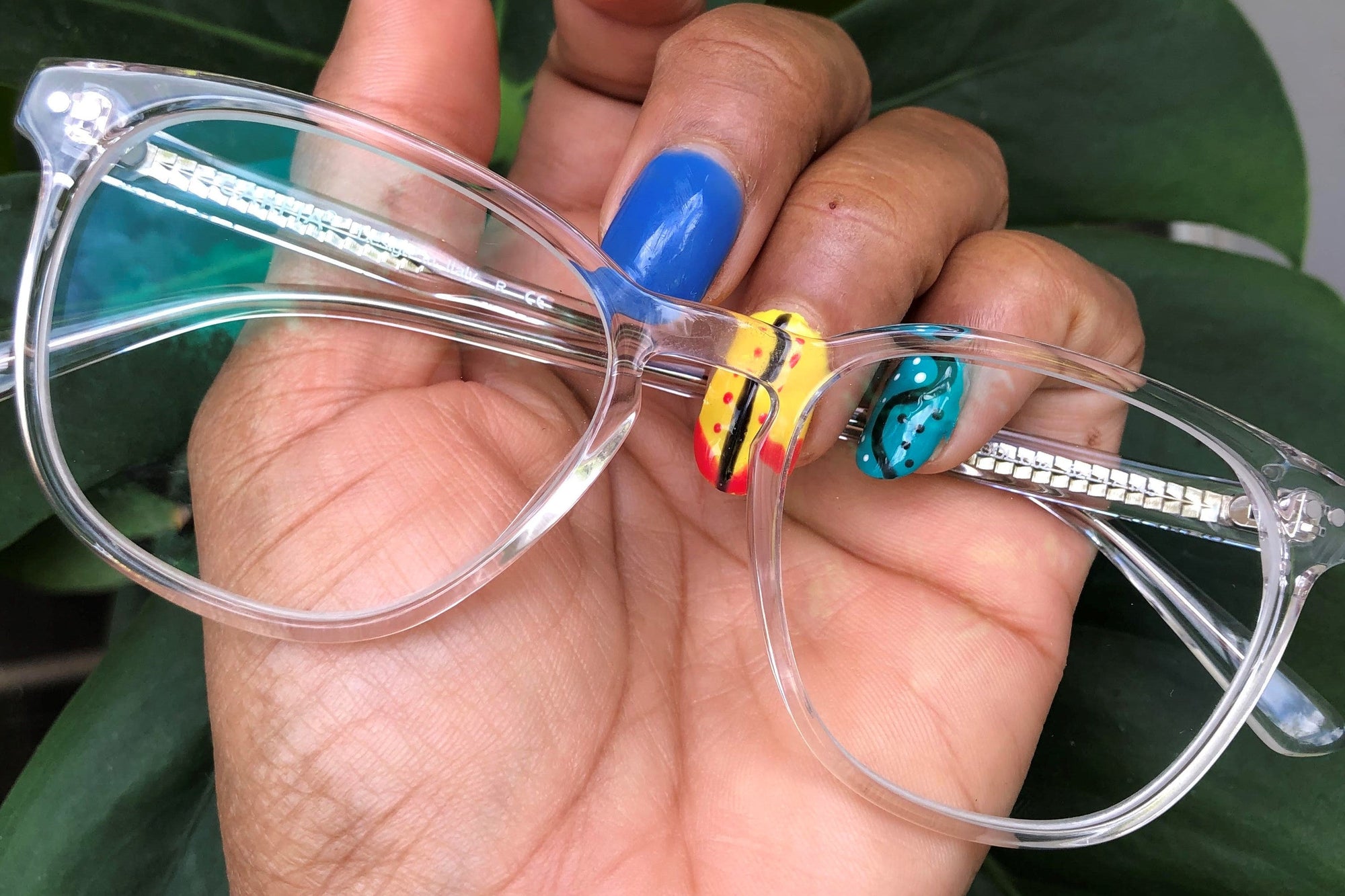Injection frame
Acetate cellulose pellets are extruded by an injection molding machine, which is called an injection frame. Its characteristic is that it saves raw materials, can be mass-produced, has a lower cost, and is cheaper than a plate rack. But the firmness is not as good as the plate frame. However, injection frames are mostly used for glasses for the elderly and children because of their lightweight and resistance to allergies. The injection frame is made of laminated plastic. It is made by pasting a thin layer of plastic of one color on another thicker layer of plastic. Thick materials are mostly transparent pigments. It is also made of three or more layers of plastic.
What kind of lens is a progressive lens?
Progressive lenses are optical lenses designed for simultaneous correction of far, medium (for computer use), and near (for reading). They are Progressive Additional Lenses (PAL). The so-called progressive, The so-called progressive, is the use of polishing technology to achieve a gradual transition between the two focal lengths. The advantage of this design is that the wearer can see far and near objects alternately without taking off the glasses.
What kind of light is blue light?
Blue light is light of a certain wavelength. In the sunlight, including red light, orange light, yellow light, green light, blue light, indigo light, and purple light, blue light occupies a place. The wavelength of blue light is less than that of red light but greater than purple light. The energy intensity is also different, and the blue light is relatively less strong than red light. People must rely on the 'macula' to perceive light. The macula is a 'pearl' hidden in the fundus and the most important photosensitive part of the fundus. The macula can look at objects, generate electrical signals, and transmit the signals to the brain so that people can see the things in front of them clearly. Strong light shines directly on the eyes, and it is likely to cause damage to the macular structure at once.
Do blue light glasses really protect your eyes?
Scientists at the University of Kansas in the United States summarized the results of studies around the world in the past 30 years and pointed out that there is not enough evidence in human trials to prove that blue light is related to macular degeneration, and there is no test showing that blocking blue light glasses are related to macular degeneration. Moreover, experts from the University of S?o Paulo in Brazil have observed after five years that patients who use anti-blue light intraocular lenses after cataract surgery have no difference in the incidence of macular disease compared with those who use ordinary intraocular lenses.
Best Eyeglasses For Women - Seiko glasses
Seiko frame pursues the perfect combination of elegant fashion and high-tech, providing people with excellent quality, fashionable style, and high comfort products. Seiko pure titanium eyeglass frame is the most noteworthy, and it is very rigorous in the selection of materials, high hardness, good quality. Women's spectacle frames adopt the world's popular carved design, making glasses practical and beautiful already.No matter you are engaged in what kind of occupation, they can highlight your noble temperament. They make the wearer feel comfortable, and at the same time, let each wearer can send out a distinctive temperament and taste.
Confirm the optometric data
It is necessary to confirm the accuracy of optometric data. If you stay up late or look at the phone or computer for too long before the optometry, leading to visual fatigue, it will increase the degree. But if you can let your eyes have a good rest, and then take optometry, the degree may be restored to the original situation, so you need to know the state of optometry, to check if it really had increased in degrees. The main purpose of progressive lens is to use it for people who have bleached eyes and often take off the lens.
What is blue light?
Blue light is an important part of natural light, and it is visible light with a wavelength of 400nm-500nm in the spectrum. Blue light can be divided into short-wave blue light (harmful blue light) and long-wave blue light (beneficial blue light). Short-wave blue light harms people’s vision and causes specific diseases, while long-wave blue light helps people maintain normal physiological functions, regulate biological rhythms, and treat specific diseases.
Blue light can be seen everywhere in daily life. In addition to blue light in the sun, electronic products such as TVs, computers, mobile phones, ipads, and LED lights also produce blue light in our daily.










































